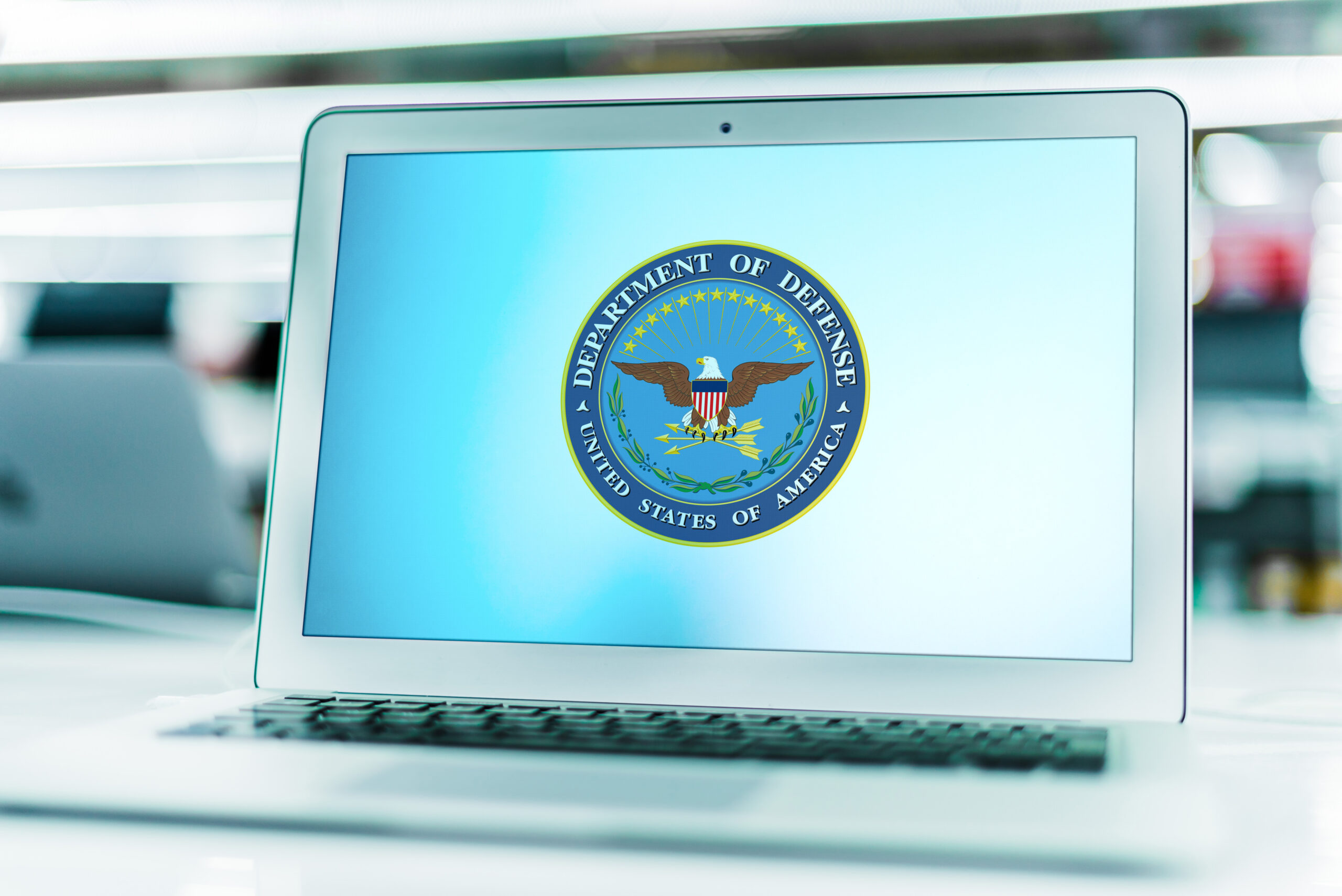For government contractors, complying with the Defense Federal Acquisition Regulation Supplement (DFARS) clauses is a requirement to protect government data. To comply with DFARS, you need to know what it requires and what controls to implement to protect government information.
What is DFARS?
DFARS is a collection of cyber security requirements the Department of Defence (DoD) requires all government contractors to follow. DFARS outlines what security controls companies must implement, and the reporting procedures to follow if a breach occurs.
Adhering to DFARS regulations is crucial for government contractors. A data security breach can have severe consequences, including financial penalties, business interruptions, and the compromise of sensitive information. If you wish to maintain your DoD contracts and protect your data, you must implement the DFARS security controls.
DFARS Compliance Requirements to Know
To ensure the security of data, the US government has released several security guidelines. If you wish to comply with the DFARS guidelines, it is essential to know these three publications:
- DFARS 252.204-7012 requires organizations that handle CUI to provide “adequate security” to protect that data. Adequate security means that organizations must implement the NIST 800-171 standard. DFARS 7012 also provides procedures to follow when reporting a cyber incident.
- NIST 800-171 is the standard that contractors and sub-contractors that handle CUI data must implement. The National Institute of Standards and Technology (NIST) is responsible for creating and updating this standard. There are 110 security requirements, and they are broken out into 14 families:
- Access Control
- Awareness and Training
- Audit and Accountability
- Configuration Management
- Identification and Authentication
- Incident Response
- Maintenance
- Media Protection
- Personnel Security
- Physical Protection
- Risk Assessment
- Security Assessment
- System and Communications Protection
- System and Information Integrity
- Cybersecurity Maturity Model Certification (CMMC). CMMC compliance will require all contractors to pass a 3rd party assessment to ensure they have implemented NIST SP 800-171. The CMMC requirement is still undergoing the rulemaking process, and is expected to be in effect beginning in early 2024. That means organizations have around a year or less to prepare for these CMMC assessments.
Ways to Prepare for DFARS Compliance
To ensure ongoing compliance with the DFARS requirements, an organization must prioritize certain efforts. In order to establish a solid groundwork for compliance, it is crucial to take the essential steps outlined below.
1. Evaluate Your Compliance Program
Before making any changes to your security measures, evaluate your current compliance program to see if it meets the DFARS standards. You should locate all documented plans and procedures and evaluate whether they require updating.
If you lack the expertise to evaluate your compliance program, you may need to hire an outside consultant for help. DFARS compliance consultants can identify specific areas in your compliance documentation that require updating. Although working with a consultant does come at a cost, the right team can save your organization from a failed audit. This ends up saving your organization thousands of dollars and allows you to focus on more important tasks.
2. Update Your Reporting Process
Apart from revising your compliance documentation, it’s also essential to establish or enhance your reporting processes. One significant DFARS update requires you to report any cyber security incidents within 72 hours of their occurrence. Given this tight timeframe, it’s critical to develop a thorough, step-by-step reporting process to ensure prompt and consistent reporting.
It’s important to designate either a single employee or a team of employees with the responsibility of reporting incidents. They should be trained on the reporting process and equipped with all the necessary tools to promptly identify and report incidents.
3. Identify CUI Data
An important goal of DFARS is to safeguard Controlled Unclassified Information (CUI) and Covered Defense Information (CDI) from unauthorized access. Many companies have extensive data stored in numerous locations, and not all of it may be categorized as CUI or CDI. To simplify compliance and rapidly protect CUI, it can be useful to segregate information falling under the DFARS compliance requirements. By identifying this information and securing it first, your organization can achieve compliance with regulations quickly.
4. Perform Risk and Security System Assessments
One of the best ways to ensure you comply with the DFARS requirements is to conduct routine risk and security assessments. Evaluating your security controls can identify potential weaknesses that require attention. Furthermore, risk assessments are often a contractual requirement when you enter into agreements with new clients. That is another reason why it is crucial to document all risk assessments to meet these obligations.
It’s also essential to regularly examine and evaluate the effectiveness of your security controls. Are all controls meeting your expectations, or do any require updating? To prevent security breaches and cyber security incidents, it’s critical to perform ongoing security assessments.
5. Implement a Secure File Sharing Solution
Since DFARS emphasizes the importance of data security, it’s important to implement a secure file-sharing solution. This can simplify the compliance process significantly. While there are numerous file sharing solutions available, it’s recommended to seek out options that provide DFARS-compliant assurances.
Furthermore, utilizing a hosted file sharing and storage solution allows you to avoid implementing numerous security controls yourself. By utilizing SaaS applications, you will inherit many of the controls the provider has already implemented for you.
6. Monitor Your Compliance
Merely achieving compliance does not guarantee its sustained maintenance. It necessitates ongoing monitoring to guarantee your data is not jeopardized. Implementing data monitoring solutions like a Security Information and Event Management (SIEM) tool can aid you in this effort. Utilizing a SIEM tool, you will be promptly notified of any suspicious activity or breaches, which can be prevented.
7. Cyber Security Awareness Training
Cyber security ultimately begins with the employees within your organization. You must educate your staff on the NIST standards and the actions they are required to take. It’s particularly crucial for those who handle CUI and CDI to be well-informed about compliance. Additionally, as regulations and security measures are modified and updated, you should keep your employees informed.
In the end, the most effective way to achieve DFARS compliance is to remain diligent in your compliance endeavors. You must regularly evaluate your security controls to ensure they are effective at keeping data safe.
We know that understanding and implementing all these regulations can be a daunting task, especially for small businesses.
If you find the DFARS requirements to be confusing, don’t hesitate to reach out to the FirstCall compliance team for help. Our team of experts have helped hundreds of organizations meet the DFARS requirements and can guide you through the process.
Contact us today to make sure your compliance program meets DFARS standards now and in the future.





